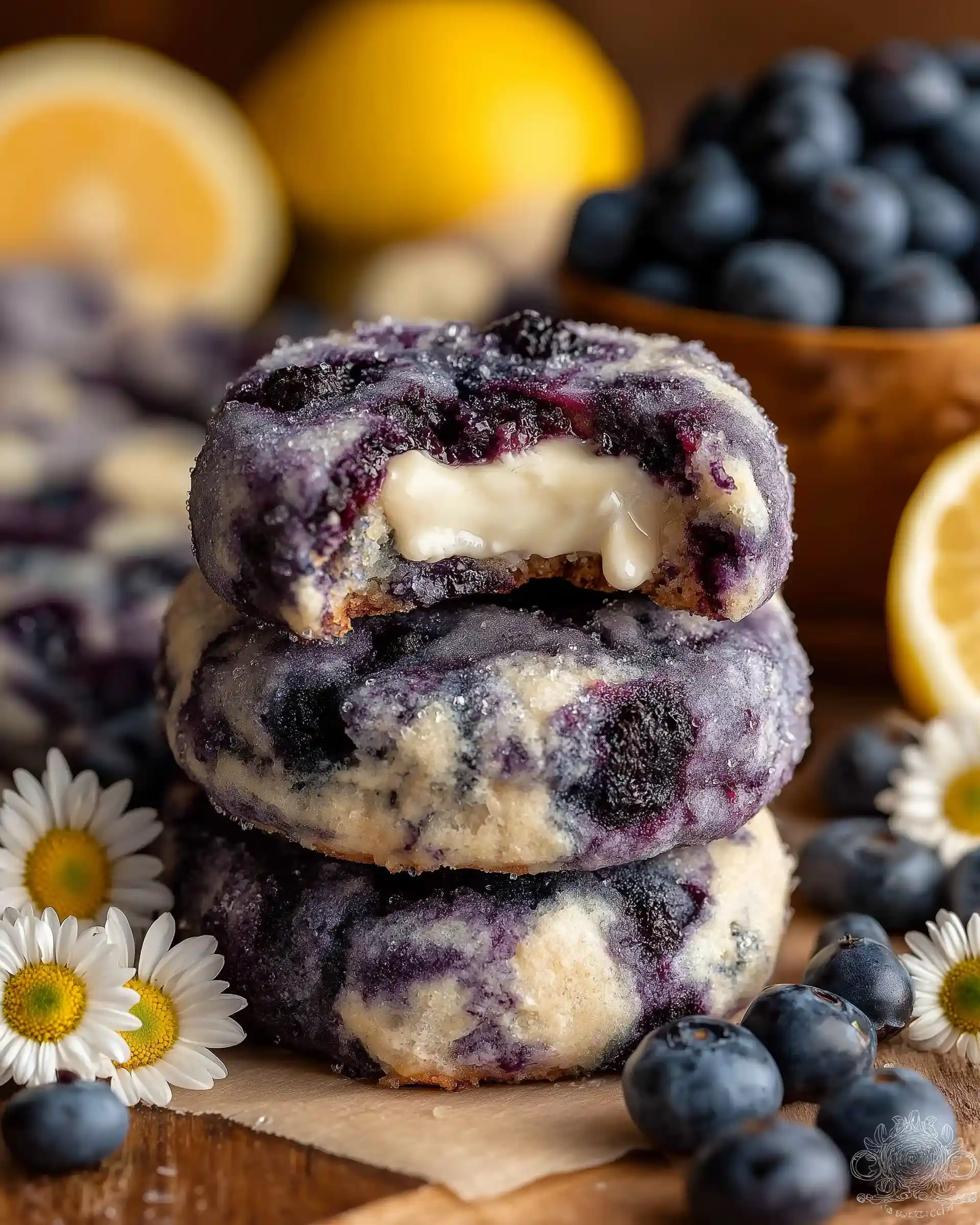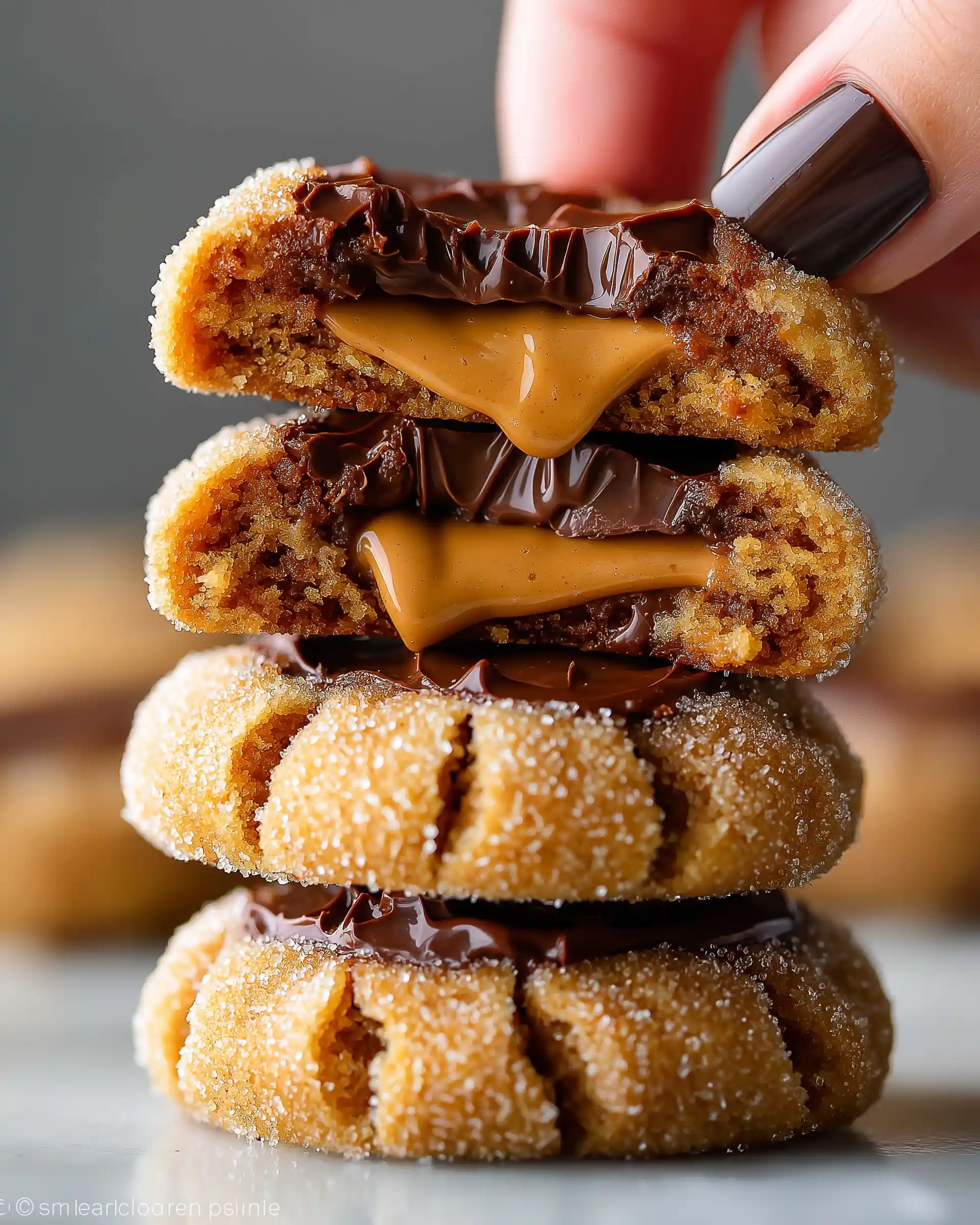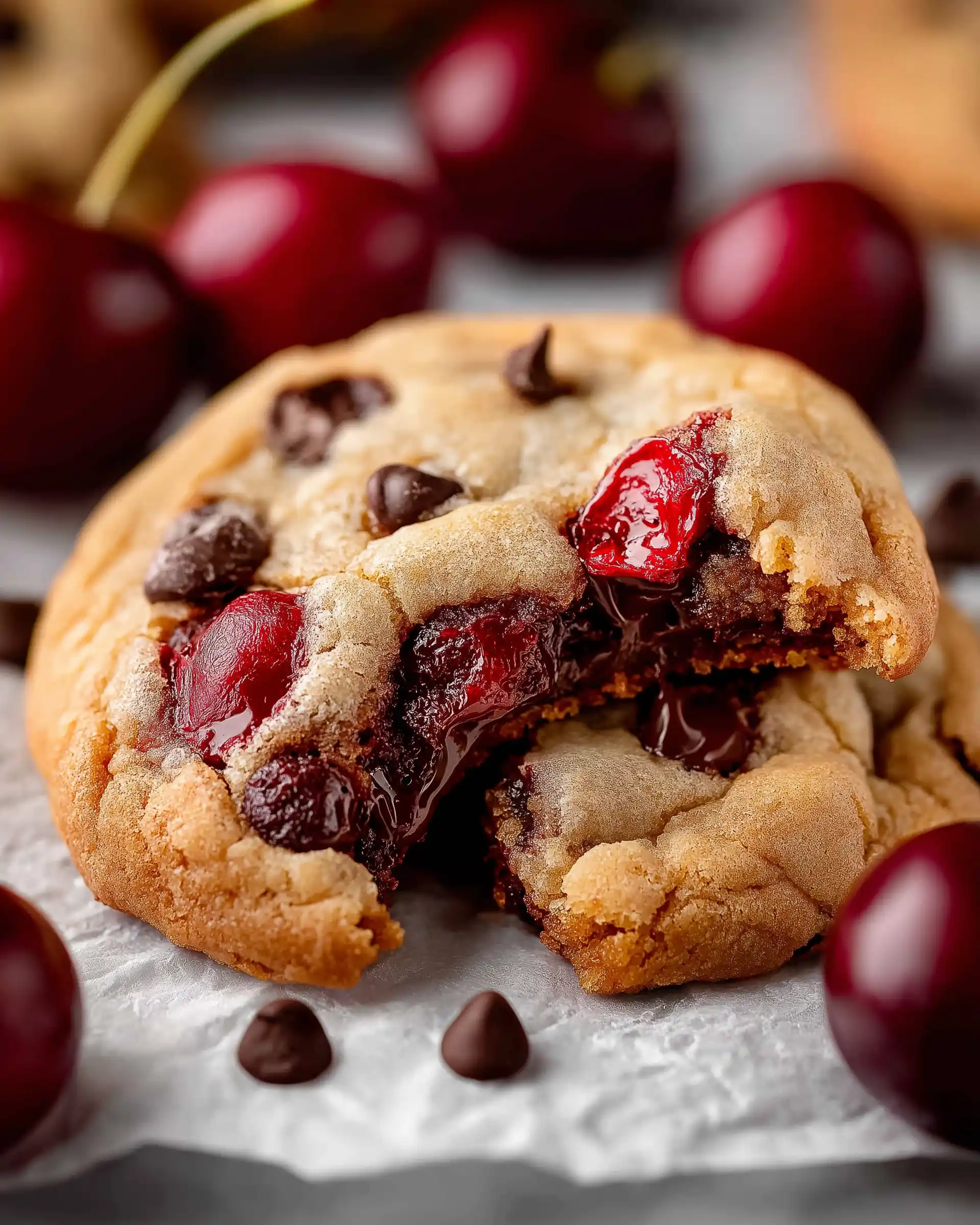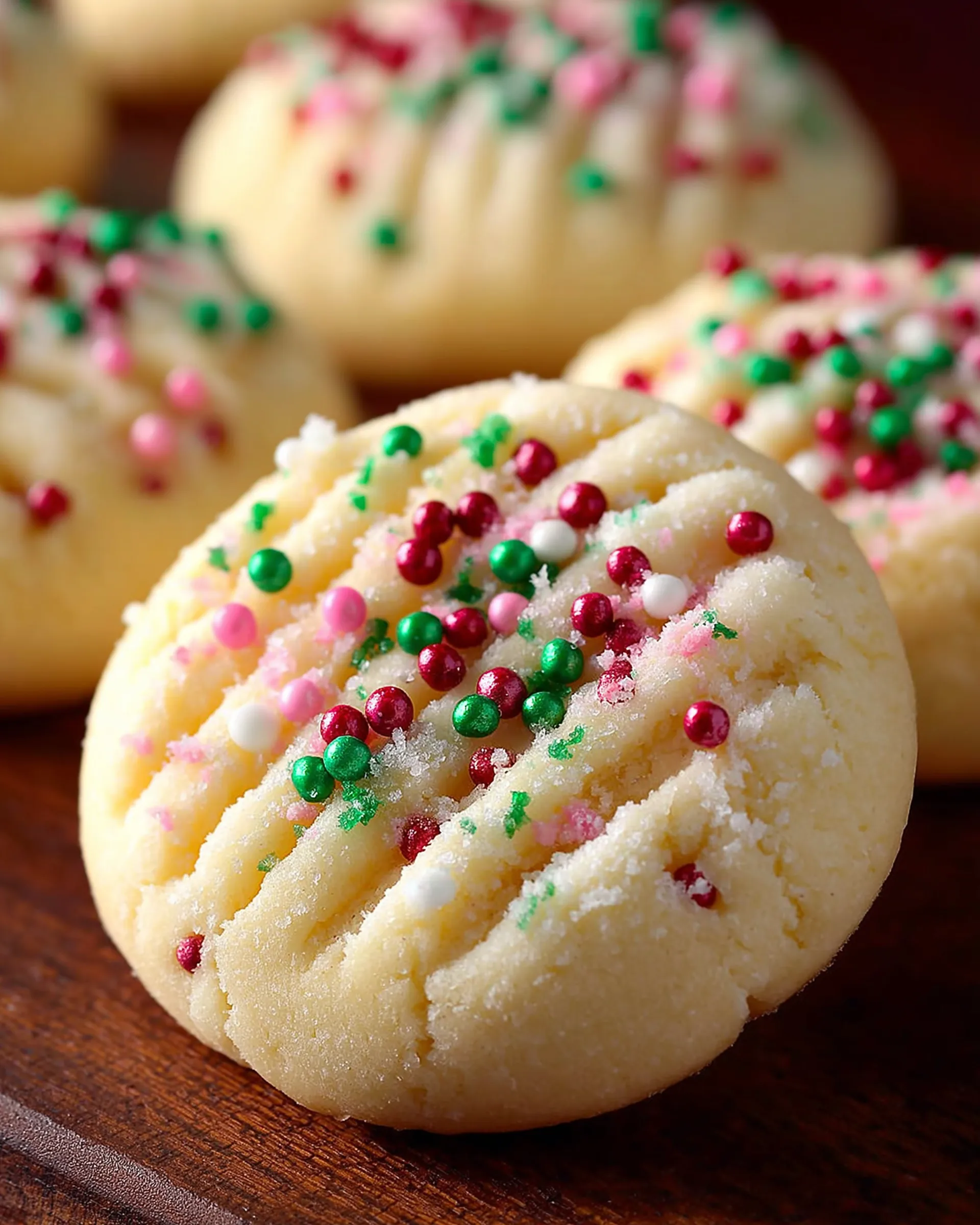Craving a dessert that’s buttery, moist, and packed with old-fashioned flavor? The Kentucky Butter Cake recipe is your go-to. This Southern classic features a golden vanilla cake soaked in a warm butter glaze, making every bite rich, tender, and unforgettable.
You’ll learn how to bake it step-by-step, get expert tips for perfect texture, explore creative variations, and find storage and freezing tips to make it ahead.
Contents
- 1 Introduction to Kentucky Butter Cake
- 2 Ingredients for the Best Kentucky Butter Cake Recipe
- 3 Kentucky Butter Cake Recipe
- 4 How to Make Kentucky Butter Cake Step-by-Step
- 5 Crafting the Signature Kentucky Butter Glaze
- 6 Serving, Storing, and Freezing Kentucky Butter Cake
- 7 Common Mistakes and Troubleshooting
- 8 Variations of the Kentucky Butter Cake Recipe
- 9 History and Cultural Relevance of Kentucky Butter Cake
- 10 Conclusion
Introduction to Kentucky Butter Cake
What is Kentucky Butter Cake?
Kentucky Butter Cake is a vanilla Bundt cake with a soft crumb and buttery flavor, finished with a sweet glaze that soaks into the cake. The result is a moist, rich treat perfect for any gathering.
Why People Love This Recipe
It’s easy to make, stays fresh for days, and gets better overnight. With simple ingredients and a foolproof method, this cake never fails.
Ingredients for the Best Kentucky Butter Cake Recipe
Classic Pantry Ingredients You’ll Need
To create a rich and moist Kentucky Butter Cake, you’ll need common baking staples. But don’t let their simplicity fool you. The right balance and quality make all the difference.
Here’s what goes into the cake batter:
| Ingredient | Amount | Purpose |
|---|---|---|
| All-purpose flour | 3 cups | Forms the cake’s structure |
| Granulated sugar | 2 cups | Sweetens and adds tenderness |
| Unsalted butter | 1 cup (2 sticks) | Adds rich, buttery flavor |
| Buttermilk | 1 cup | Keeps the cake moist and tangy |
| Large eggs | 4 | Bind the ingredients together |
| Vanilla extract | 2 teaspoons | Enhances the flavor profile |
| Baking powder | 1 teaspoon | Gives the cake a light lift |
| Baking soda | ½ teaspoon | Reacts with buttermilk to rise |
| Salt | 1 teaspoon | Balances and boosts all flavors |
Importance of Buttermilk and Butter in the Recipe
These two ingredients are the foundation of a real Kentucky butter cake. Buttermilk adds moisture and subtle tang, while real unsalted butter provides flavor and structure. If you don’t have buttermilk, you can make your own by adding 1 tablespoon of vinegar or lemon juice to 1 cup of milk and letting it sit for 10 minutes.
The butter must be softened to room temperature. This ensures it creams properly with the sugar, creating a fluffy base that holds air and bakes into a tender crumb. Cold or melted butter won’t yield the same texture.
These ingredients work in harmony to make a cake that’s deeply flavorful, tender, and perfect for soaking up that delicious buttery glaze.
Print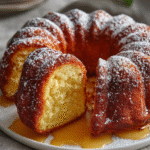
Kentucky Butter Cake Recipe
- Total Time: 1 hour 20 minutes + cooling time
- Yield: 1 Bundt cake (16 servings)
Description
A rich, buttery Bundt cake soaked in vanilla glaze. This Kentucky Butter Cake is moist, golden, and perfect for gatherings or simple desserts.
Ingredients
For the Cake
1 cup buttermilk
4 large eggs
2 teaspoons vanilla extract
3 cups all-purpose flour
2 cups granulated sugar
1 teaspoon baking powder
½ teaspoon baking soda
1 teaspoon salt
1 cup (2 sticks) unsalted butter, softened
Confectioners’ sugar, for dusting
For the Glaze
5 tablespoons unsalted butter
¾ cup granulated sugar
¼ cup water
2 teaspoons vanilla extract
Instructions
1. Preheat oven to 325°F. Spray a 12-cup Bundt pan with baking spray that includes flour.
2. In a medium bowl, whisk buttermilk, eggs, and vanilla. Set aside.
3. In a large mixing bowl, mix flour, sugar, baking powder, baking soda, and salt.
4. Add softened butter and half of the buttermilk mixture. Mix on low speed until just combined.
5. Add the remaining buttermilk mixture gradually. Increase to medium speed and mix for 3 minutes.
6. Pour the batter into the prepared Bundt pan. Bake for 60 minutes or until a toothpick comes out clean.
7. While cake is baking, prepare glaze: In a saucepan, combine butter, sugar, water, and vanilla. Simmer for 1 minute until sugar is dissolved.
8. Once cake is out of the oven, poke holes all over the warm cake using a skewer or toothpick.
9. Pour half the glaze over the cake while it’s still in the pan. Let sit for 30 minutes.
10. Invert the cake onto a serving platter. Spoon or brush the remaining glaze over the top and sides.
11. Let sit for at least 1 hour. Dust with confectioners’ sugar before serving.
Notes
Make-Ahead Tip: This cake tastes even better the next day.
To Freeze: Wrap the cooled cake in plastic wrap and foil. Freeze for up to 3 months.
Thaw overnight at room temperature before serving.
- Prep Time: 20 minutes
- Cook Time: 1 hour
- Category: Dessert
- Method: Baking
- Cuisine: American
How to Make Kentucky Butter Cake Step-by-Step
Preparing the Batter the Right Way
The secret to a perfect Kentucky butter cake recipe is in the mixing. A smooth, well-aerated batter gives your cake that soft, melt-in-your-mouth texture. Let’s break it down:
- Preheat your oven to 325°F. Set your oven rack in the center.
- Grease your Bundt pan generously using nonstick spray with flour (like Baker’s Joy or Pam with Flour). This ensures the cake releases cleanly after baking.
- In a medium bowl, whisk the buttermilk, eggs, and vanilla. Set aside. (Don’t worry if it looks curdled—that’s normal.)
- In the bowl of a stand mixer or large mixing bowl, combine the dry ingredients: flour, sugar, baking powder, baking soda, and salt.
- Add softened butter and half of the buttermilk mixture to the dry ingredients. Beat on low just until moistened.
- Slowly pour in the rest of the buttermilk mixture while mixing on low speed, then increase to medium and beat for 3 minutes. Scrape the bowl halfway through.
- The batter should look pale, smooth, and creamy—ready to bake.
Careful mixing helps create the fine, tight crumb that makes this cake so satisfying.
Tips for Using a Bundt Pan Successfully
Using a Bundt pan gives this butter cake its classic shape, but it also requires a little extra care:
- Grease every crevice. Bundt pans have intricate designs, so use a brush or your fingers to coat every detail with spray or butter and flour.
- Don’t overfill. The batter should reach about ⅔ to ¾ up the sides of the pan. This prevents overflow.
- Bake for 1 hour. Start checking around the 55-minute mark. The cake is ready when a skewer inserted in the center comes out clean.
Once baked, let the cake rest in the pan on a wire rack. While still warm, poke about 40 holes into it using a skewer or toothpick. This allows the glaze to sink deep into the cake.
By following these steps, you’ll get a beautiful, golden-brown cake that’s ready for its buttery glaze.
Crafting the Signature Kentucky Butter Glaze
Butter Glaze Ingredients and Why They Work
The glaze is what transforms this cake from good to unforgettable. It seeps into the warm crumb, delivering intense buttery sweetness with every bite. Here’s what goes into the glaze:
| Ingredient | Amount | Role in the Glaze |
|---|---|---|
| Unsalted butter | 5 tablespoons | Provides rich, creamy flavor |
| Granulated sugar | ¾ cup | Sweetens and creates the glaze texture |
| Water | ¼ cup | Helps dissolve sugar and carry the glaze |
| Vanilla extract | 2 teaspoons | Adds warm aroma and flavor depth |
Everything in this glaze has a job. The butter provides richness, sugar adds sweetness and slight caramel notes, water thins the mix for easy absorption, and vanilla brings comfort and balance.
How to Apply the Glaze for Maximum Moisture
Timing is everything when it comes to applying the glaze. Follow these steps for the best results:
- While the cake is still warm and in the pan, use a skewer or toothpick to poke around 40 deep holes throughout the bottom. Go about three-quarters of the way down.
- Spoon half of the warm glaze slowly over the surface. If it pools, poke a few more holes to help it sink in.
- Let the cake sit in the pan for 30 minutes, allowing the glaze to soak into every crevice.
- After that, invert the cake onto a serving platter and brush or spoon the rest of the glaze over the top and sides. Go slowly so the glaze soaks in rather than sliding off.
- Cool completely before dusting with confectioners’ sugar and serving.
Pro tip: If your glaze cools too fast, gently reheat it on the stove over low heat until pourable again.
The key is patience. This glaze works best when you let it absorb slowly into the cake, creating a texture that’s unbelievably moist and flavor-rich.
Serving, Storing, and Freezing Kentucky Butter Cake
How to Serve and Present Your Butter Cake
Once the glaze has fully absorbed and the cake has cooled, it’s time to slice and serve. Kentucky Butter Cake is best served at room temperature, with just a dusting of confectioners’ sugar on top. Its golden crust and moist interior make it impressive on its own—no frosting needed.
This cake shines on:
- Holiday dessert tables
- Potlucks or family reunions
- Birthdays and casual gatherings
- Weeknight treats with coffee or tea
Want a beautiful finish? Use a fine-mesh sieve to sprinkle powdered sugar evenly. For extra elegance, serve with fresh berries or a dollop of whipped cream on the side.
Use a serrated knife for the cleanest slices, especially once the cake has set. A single cake serves about 16 people, making it perfect for feeding a crowd.
Storing for Freshness and Freezing Tips
This butter cake is known not just for flavor, but for how long it keeps. Thanks to the buttery glaze, it stays moist and fresh for days.
To store at room temperature:
- Let the Kentucky Butter Cake cool completely.
- Cover tightly with plastic wrap or place under a cake dome.
- Store on the counter for up to 5 days.
To refrigerate (optional):
- Wrap in plastic wrap, then foil.
- Place in an airtight container to prevent drying.
- Let it come to room temperature before serving for best texture.
To freeze:
- Once completely cooled, wrap the whole cake or individual slices in two layers of plastic wrap.
- Place in a heavy-duty freezer bag or airtight container.
- Freeze for up to 3 months.
- Thaw overnight on the counter—no need to reheat.
Whether you’re serving it fresh or from the freezer, this Kentucky Butter Cake will still deliver that signature softness and deep vanilla flavor.
Common Mistakes and Troubleshooting
Why Your Kentucky Butter Cake May Turn Out Dry
Even a well-tested Kentucky Butter Cake recipe can go wrong if a few key steps are missed. Dryness is one of the most common complaints—but it’s avoidable.
Here are some likely causes:
- Overbaking: If your cake stays in the oven too long, it will dry out. Always check with a skewer at the 55-minute mark.
- Incorrect oven temperature: Some ovens run hot. Use an oven thermometer to make sure you’re baking at a true 325°F.
- Improper measurement of flour: Scooping flour directly from the bag can compact it, leading to a dense, dry cake. Instead, spoon flour into the measuring cup and level it off.
Fixes for Dense, Heavy Texture or Glaze Issues
If your cake turns out heavy or your glaze doesn’t soak in, don’t worry—it’s likely a process issue that’s easy to fix next time.
Common reasons for dense texture:
- Cold ingredients: Eggs or butter straight from the fridge won’t blend properly, leading to a dense crumb.
- Under-mixing or over-mixing: Both can ruin the structure. Beat the batter for exactly 3 minutes after all ingredients are combined.
Glaze not absorbing? Here’s what may have gone wrong:
- Cake too cool when glazed: The glaze needs to be poured while the Kentucky Butter Cake is still warm to absorb well.
- Not enough holes: Be sure to poke at least 40 deep holes so the glaze penetrates evenly.
- Glaze cooled too much: Warm it gently again if it thickens while you wait.
Getting this recipe just right may take a bit of practice, but each attempt brings you closer to cake perfection. And when it turns out well, it’s truly worth it.
Variations of the Kentucky Butter Cake Recipe
Lemon, Almond, and Vanilla Flavor Twists
One of the best things about the Kentucky Butter Cake recipe is how easily it adapts to new flavors while keeping its signature moisture and texture. Whether you prefer citrus, nuts, or deeper vanilla notes, small adjustments can give this classic a whole new twist.
Here are some tried-and-true variations:
- Lemon Butter Cake:
Add 2 tablespoons of fresh lemon juice and 1 tablespoon of lemon zest to the batter. Replace the vanilla in the glaze with lemon extract. This gives the cake a fresh, tangy twist that balances beautifully with the buttery richness. - Almond Butter Cake:
Swap half of the vanilla extract in the batter and glaze with almond extract. You can also sprinkle sliced almonds on top after glazing for a delightful crunch. - Extra Vanilla Butter Cake:
Use vanilla bean paste instead of extract for a more intense vanilla flavor. Add ½ teaspoon to the glaze for even more depth.
Making Mini Cakes or Muffin Versions
If you’re baking for a smaller group, gifting, or just want to try something fun, turning this recipe into mini cakes or muffins works perfectly.
Mini Bundt Cakes:
Use a mini Bundt pan and reduce baking time to about 25–30 minutes. Glaze each one while still warm.
Butter Cake Muffins:
Pour the batter into a lined muffin tin and bake at 325°F for about 20–22 minutes. Poke a few holes in each muffin top and spoon on the glaze.
These variations offer new flavors and formats while staying true to what makes Kentucky Butter Cake unforgettable: a moist, rich crumb and buttery finish.
History and Cultural Relevance of Kentucky Butter Cake
Where Did Kentucky Butter Cake Originate?
While the exact origin of Kentucky Butter Cake isn’t documented in official culinary archives, it’s widely believed to have emerged from home kitchens in the American South during the mid-20th century. Its method is closely related to classic pound cakes and poke cakes, which were staples of Southern baking long before butter cake became a recognized term.
This recipe gained popularity through community cookbooks, church potlucks, and family gatherings—where simple ingredients and maximum flavor were always the goal. Over time, its reputation spread far beyond Kentucky.
Why It’s a Southern Classic Loved Nationwide
There’s a reason why the Kentucky Butter Cake recipe has become a household name across America. It’s humble yet indulgent, easy to make yet rich in flavor. It represents the heart of Southern hospitality—offering comfort, warmth, and just the right amount of sweetness.
Several factors contribute to its wide appeal:
- No-fail recipe: Even beginner bakers can nail it on the first try.
- Make-ahead friendly: It stays moist for days and tastes better as it rests.
- Versatile serving: Great for brunches, birthdays, holidays, or “just because.”
The simplicity, shelf-stability, and ability to travel well made this cake a favorite across generations. Today, it’s a frequent go-to dessert for holidays, family reunions, and comfort food menus.
Conclusion
The Kentucky Butter Cake recipe stands as a true Southern classic—rich, moist, and endlessly comforting. With its simple ingredients and signature butter glaze, this Kentucky Butter Cake delivers maximum flavor with minimal fuss. Whether you’re baking it for a special occasion, a family dinner, or simply to treat yourself, it never disappoints.
From its golden crust to its tender crumb, every bite offers warmth and nostalgia. Plus, it’s versatile enough to customize with different flavors or formats, and it stores beautifully for days. Once you’ve made this Kentucky Butter Cake, it’s sure to become a go-to favorite in your kitchen.
For More Delicious And Easy Recipes Follow Me In Facebook And Pinterest.

